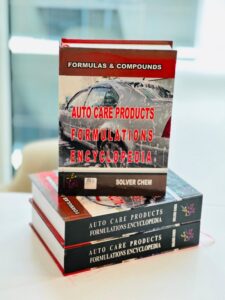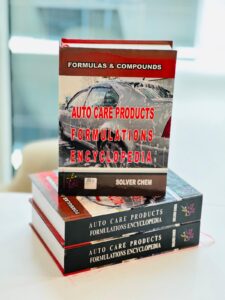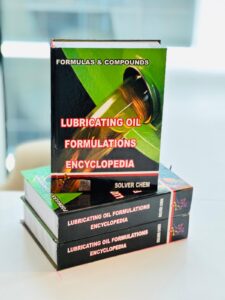
Iron cleaner sprays for wheels are typically specialized chemical products known as iron or fallout removers. They are designed to safely and effectively dissolve ferrous (iron) particles, primarily brake dust, that become embedded in the wheel’s finish.
Here’s a breakdown of how they work and the main types:
How Iron Removers Work
- Chemical Reaction: These cleaners contain a key active ingredient, often a derivative of sodium thioglycolate or a similar chelating agent. When sprayed onto the wheel, this chemical reacts with the iron particles.
- Color-Changing Indicator: A distinctive feature of most iron removers is that they change color as they work, typically from clear or yellow to deep purple or red (the “bleeding” effect). This visible change indicates that the chemical reaction is taking place and the iron particles are being broken down into a water-soluble form.
- Safe Removal: The chemical process converts the solid iron contaminants into a soluble complex that can be easily rinsed away with water, often with little to no agitation, making it much safer for the wheel finish than abrasive cleaning or harsh acids.
Types of Iron Cleaner Sprays (Wheel Cleaners)
While “iron remover” defines their core function, wheel cleaners can be categorized by their overall formulation and pH level, which affects their power and safety:
- pH Neutral Iron Removers (Most Common and Recommended):
- Description: These are the standard, specialized iron removers. They have a neutral pH (around 7) and are generally the safest choice for all wheel types, including clear-coated, painted, chrome, polished aluminum, and anodized finishes.
- Function: They chemically dissolve the iron contamination (brake dust).
- Key Feature: Almost always feature the color-changing (purple/red) indicator.
- Use: Ideal for regular maintenance and deep cleaning on any wheel.
- Iron Remover & Wheel Cleaner Hybrids (Thicker or Gel Formulas):
- Description: These are essentially pH neutral iron removers that have been thickened with detergents and surfactants.
- Function: They not only dissolve iron but also cling better to vertical wheel surfaces for a longer dwell time and have stronger degreasing capabilities to break down regular dirt, grime, and oils.
- Use: Excellent as a one-step heavy-duty wheel cleaner.
-
Alkaline or Acid-Based Wheel Cleaners (General Wheel Cleaners, often without Iron Removal):
- Description: These are traditional, powerful wheel cleaners that rely on high pH (alkaline) or low pH (acidic) to break down dirt and grime.
- Function: Primarily degreasing and general dirt removal. They typically do not contain the specialized iron-dissolving chemical and therefore will not exhibit the “bleeding” effect.
-
Safety Note: Acidic cleaners are very aggressive and should be used with extreme caution (often by professionals) only on specific finishes, as they can damage clear coats, polished, or anodized wheels. Alkaline cleaners are generally safer than acid but may still be too harsh for certain sensitive finishes if left on too long.




